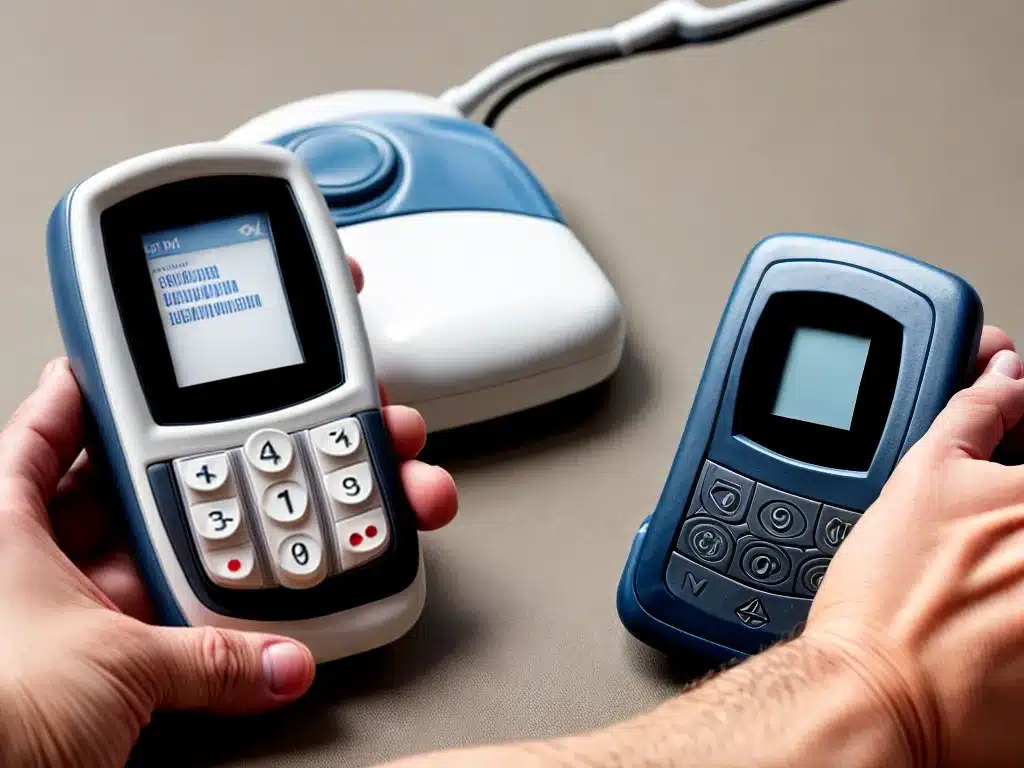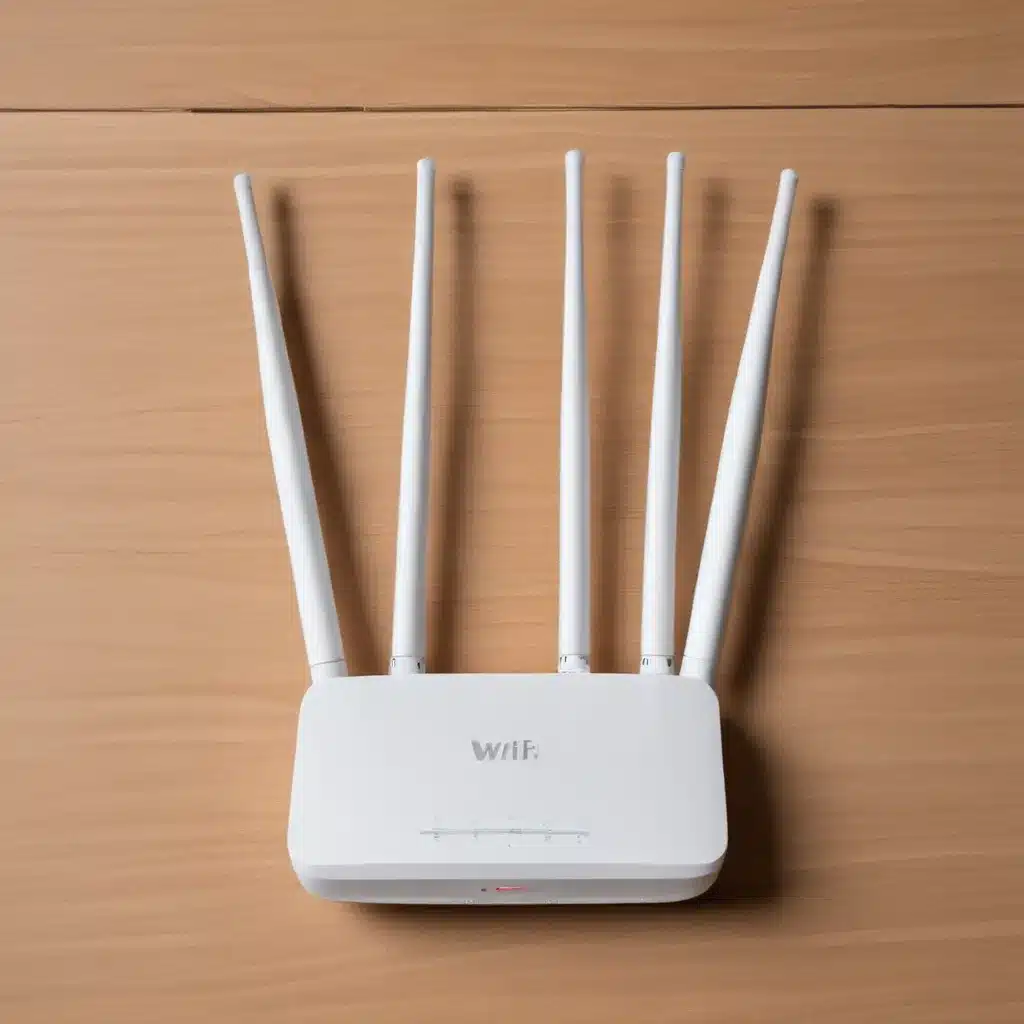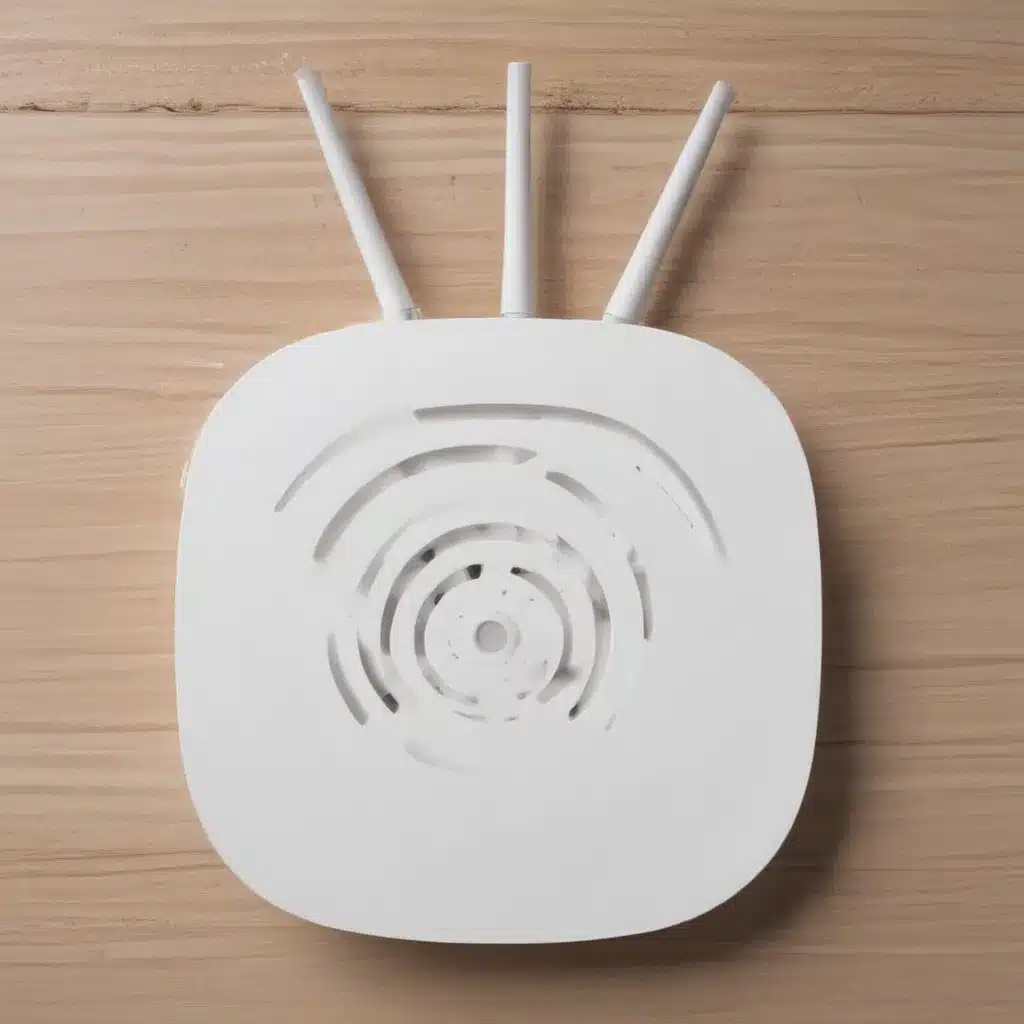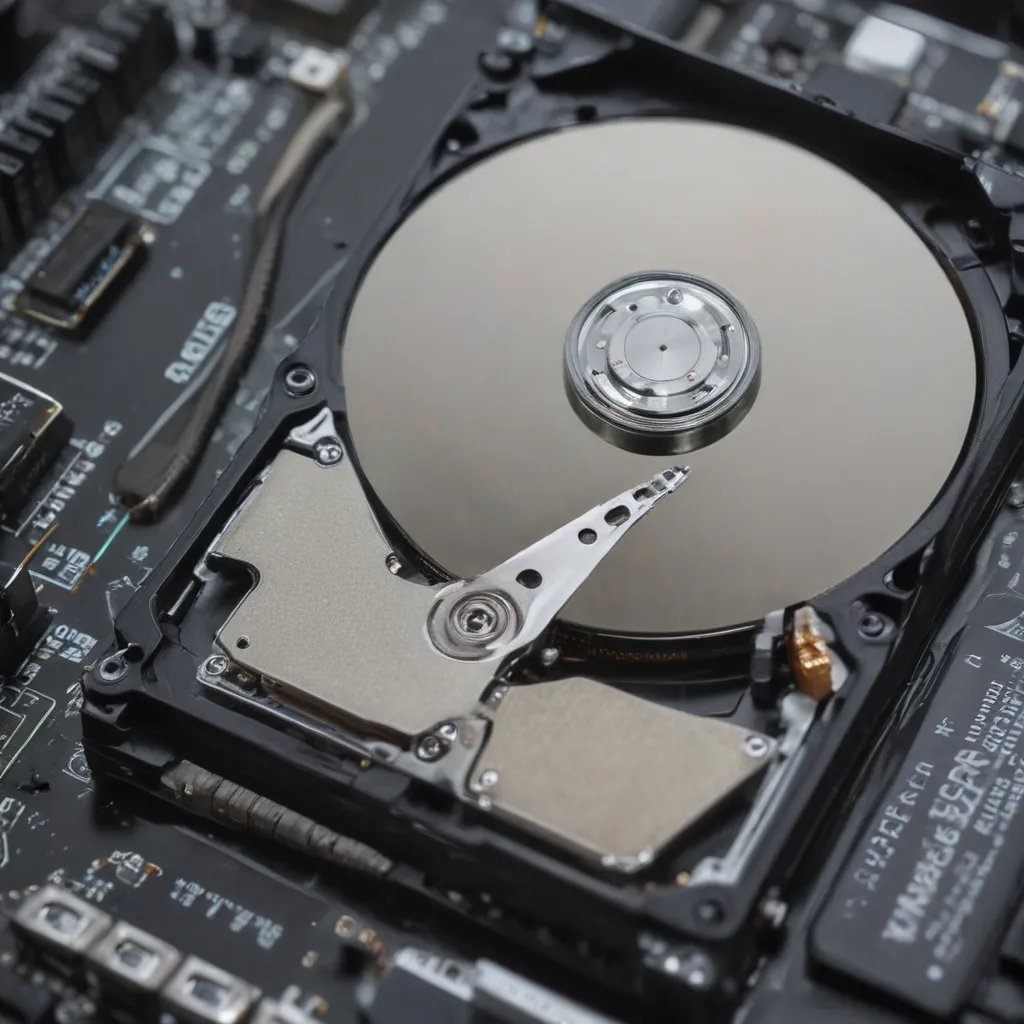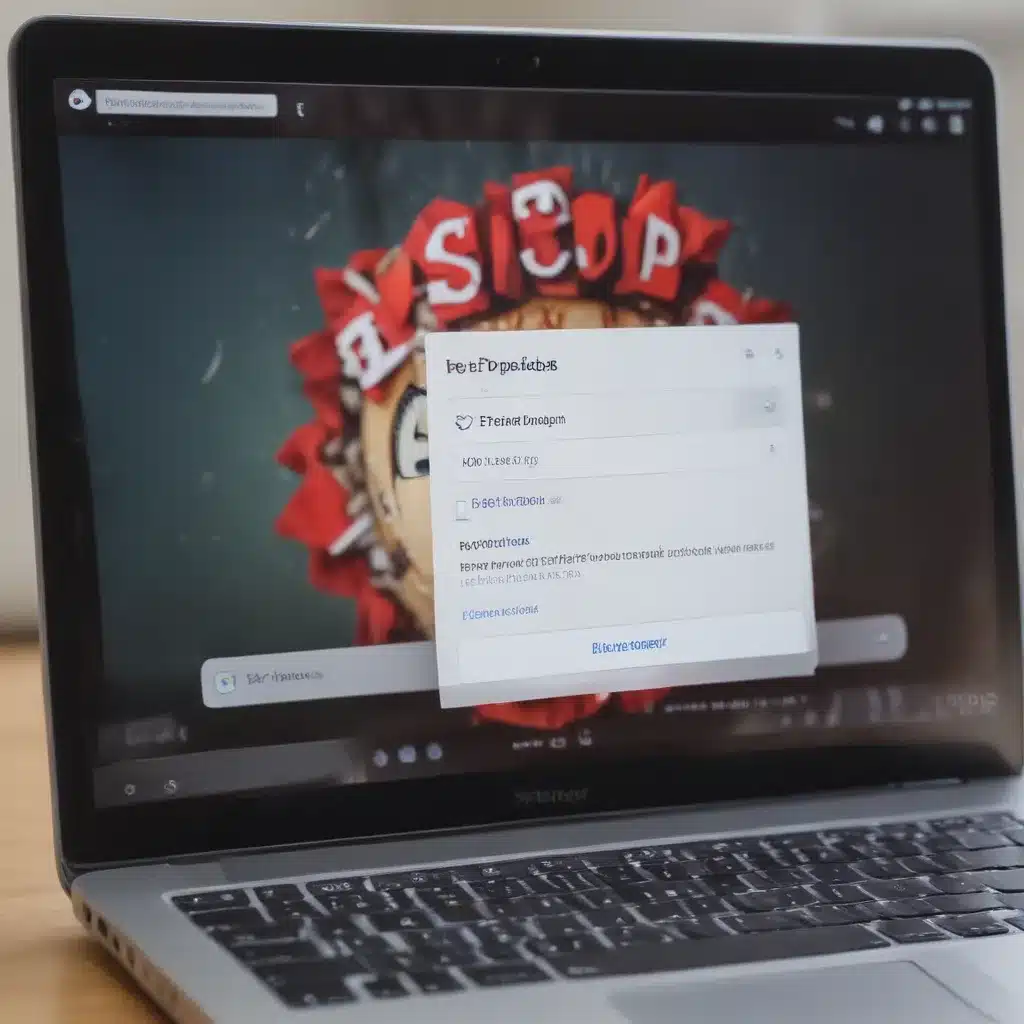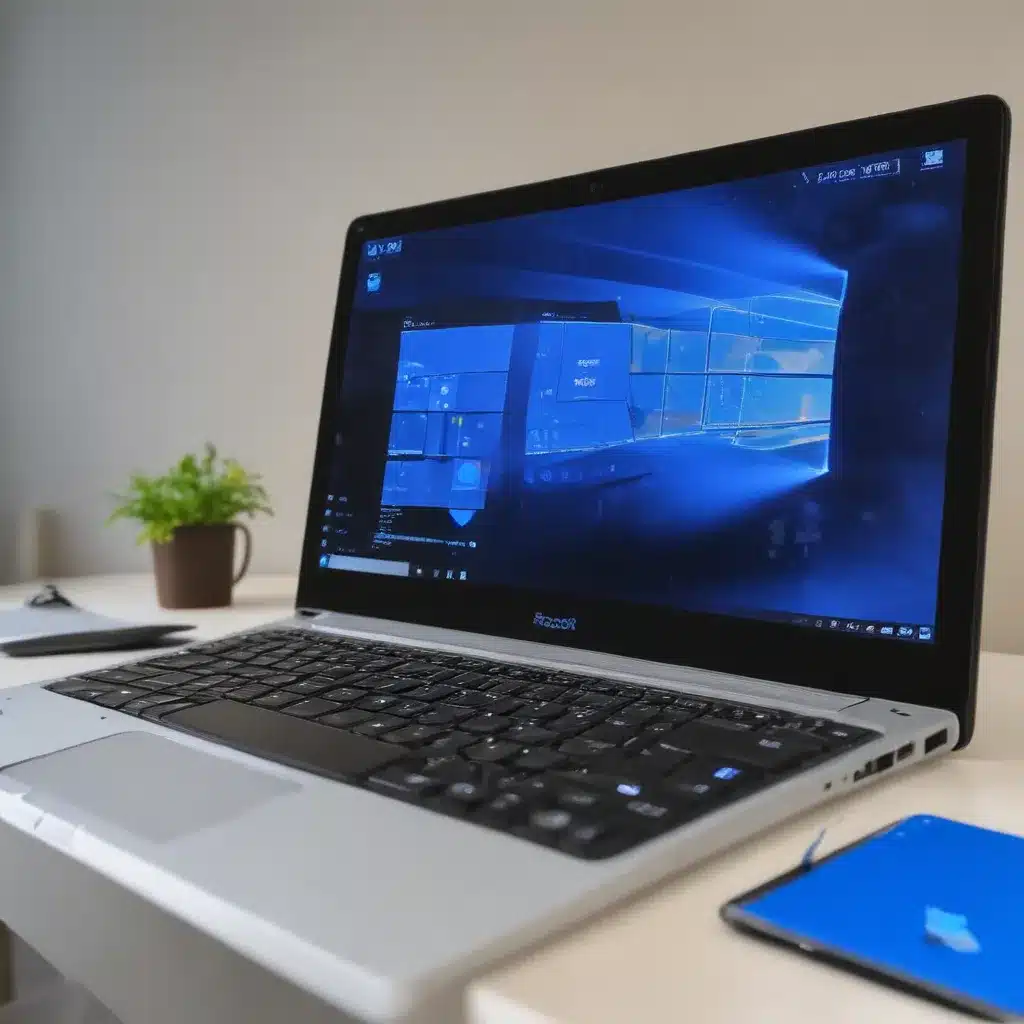Introduction
The standalone GPS device was once an essential piece of technology for drivers and travelers. However, over the past decade or so, the popularity of dedicated GPS units has plummeted. What caused the decline of the standalone GPS?
I have used standalone GPS units extensively in the past. As an avid traveler and driver, I relied on my trusty GPS to navigate unfamiliar areas and avoid getting lost. However, I eventually realized that I was using my GPS device less and less. The convenience of smartphone mapping apps like Google Maps and Apple Maps made my standalone GPS feel obsolete.
In this article, I will explore the key factors that led to the decline of dedicated GPS devices. We’ll look at how advances in smartphone technology, changes in consumer preferences, and the business strategies of GPS manufacturers like Garmin all contributed to the falling demand. Understanding the demise of the standalone GPS reveals a lot about the rapid evolution of consumer tech markets.
The Rise of Smartphone Mapping Apps
The standalone GPS market began its decline in 2007 with the introduction of the first iPhone. While GPS capability was initially basic on smartphones, mapping apps quickly evolved to offer advanced features that matched or exceeded those of dedicated GPS units.
Some key advantages of smartphone maps that drew consumers away from standalone GPS devices:
-
Real-time traffic data – Apps like Google Maps tap into crowd-sourced traffic data to offer dynamic re-routing and travel time estimates. Dedicated GPS lagged behind on real-time data.
-
Detailed maps and local search – The amount of mapping data available on smartphones soon outpaced standalone GPS databases. Apps also provided points of interest, reviews, and other helpful local search functions.
-
Constant updates – Unlike standalone GPS maps which quickly became outdated, smartphone maps were constantly updated over the air. This ensured navigation was accurate.
-
Simplicity – Having maps, search, and navigation in one device proved simpler than managing and updating a separate GPS unit.
With their advantages in key areas like real-time traffic, smartphone mapping apps were becoming the better choice for most consumers within just a few years of the first iPhone launch.
Changes in Consumer Preferences
Beyond smartphone tech improvements, larger consumer technology trends have also impacted GPS devices:
-
Declining car ownership – Particularly among millennials, owning a car is less common. With less car travel, demand dropped for in-car GPS systems.
-
Ubiquity of smartphones – As nearly everyone began carrying a mapping-enabled smartphone, having a separate portable navigation device seemed redundant.
-
In-car technology integration – Modern cars now come equipped with large displays and integrated smartphone mirroring tech like Apple CarPlay. Built-in nav systems leverage the phone’s capabilities.
-
Wearable tech – Some functions of GPS devices, like fitness tracking, migrated to new wearable gadgets like smart watches.
As technology use cases and habits shifted, the appeal of buying and managing a separate GPS unit rapidly diminished for most mainstream consumers.
The Business Response
Major GPS makers like Garmin and TomTom adapted their businesses in response to the smartphone disruption:
-
Pivoting to focus on specialty niche devices like advanced automotive GPS, marine navigation, and GPS for golf courses.
-
Refocusing on wearables, developing fitness and outdoor watches with GPS tracking.
-
Offering mobile apps and trying to partner with smartphone platforms for navigation.
-
Adding connectivity and new features like traffic, parking assistance, and connected services in automotive navigation systems.
-
Pursuing acquisitions and expanding into adjacent markets like cameras and drones to diversify beyond GPS.
Despite diversification efforts, most GPS manufacturers have seen steep revenue declines in their core consumer navigation segments. Adapting to the smartphone shift remains an uphill battle.
The Lasting Appeal of Dedicated GPS
While they have undoubtedly declined, standalone GPS units still retain appeal among some consumers:
-
Outdoor adventurers – For backcountry hiking, mountaineering, and other off-the-grid activities, dedicated GPS provides more robust tracking and mapping capabilities than smartphones.
-
Truckers and RV owners – Large vehicle navigation systems with features like commercial truck routing remain popular.
-
Boaters – Handheld marine GPS devices are still a must-have for safe navigation at sea.
-
Aviation – Panel-mounted GPS systems are standard equipment in planes and essential for aerial navigation.
For these specialty use cases, robust standalone GPS makes sense and continues to sell reasonably well. But for everyday drivers and travelers, the era of dedicated GPS appears to have ended.
The Future
As mapping and guidance continue to improve on smartphones, standalone GPS will likely occupy increasingly niche roles. For everyday navigation, the supremacy of the smartphone has been firmly cemented.
Advanced features like augmented reality direction overlays and full autonomy may someday eliminate consumer navigation entirely. But those innovations seem more likely to come from dominant smartphone platforms like Google and Apple rather than traditional GPS makers.
The decline of the standalone GPS was sudden but inevitable. For tech companies, it serves as a warning of how quickly changes in the market and competitive landscape can disrupt established products.

